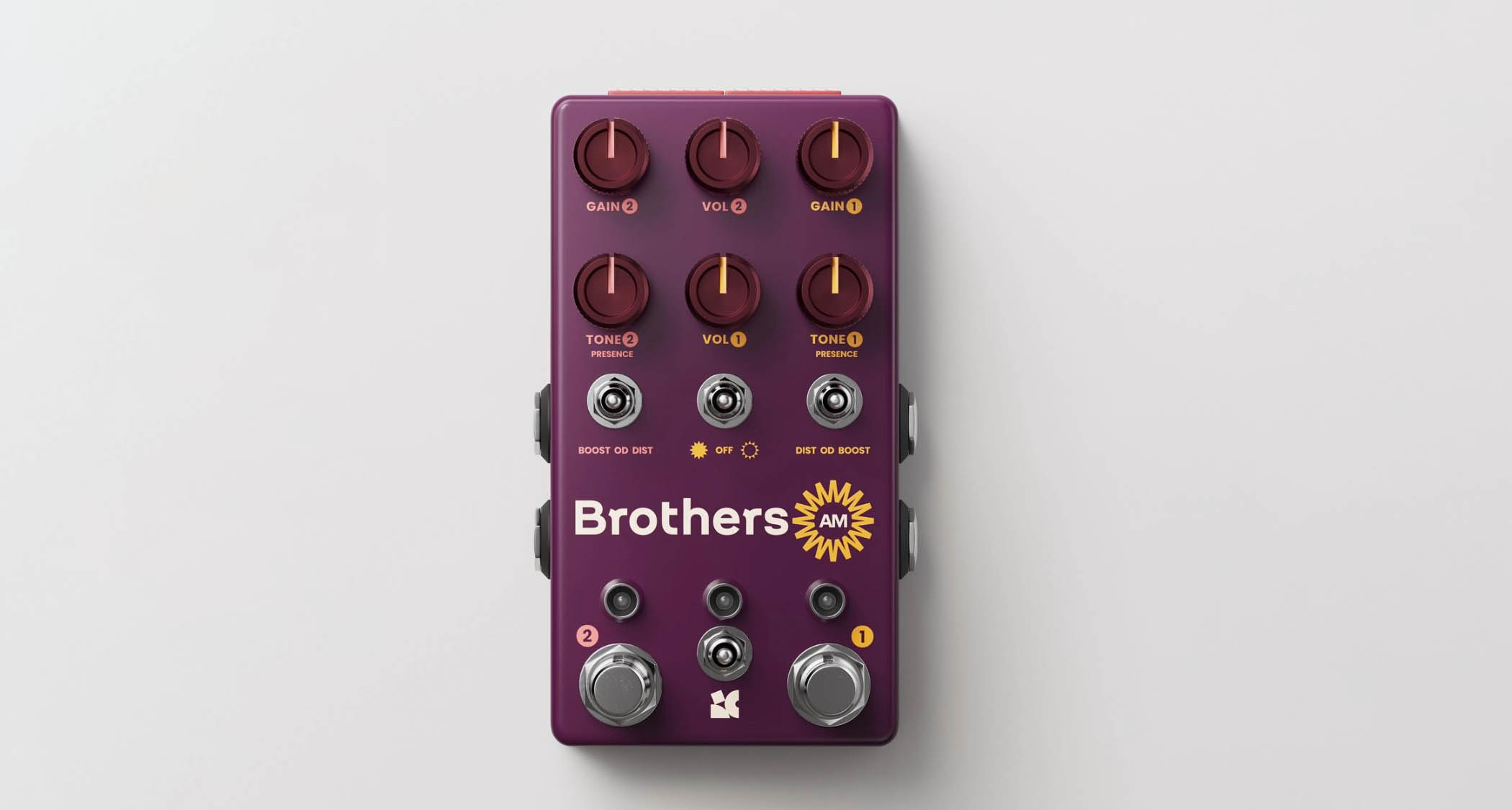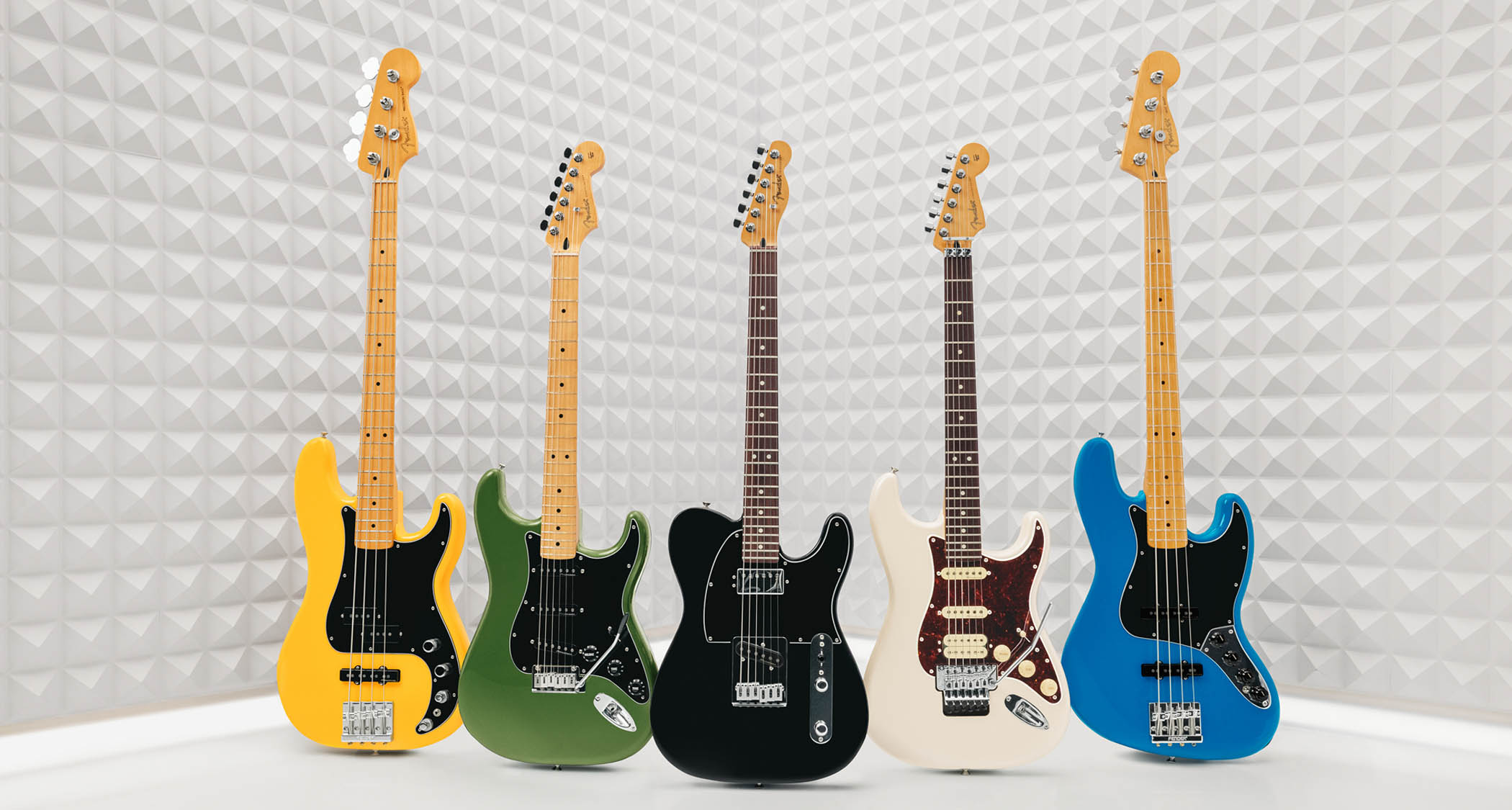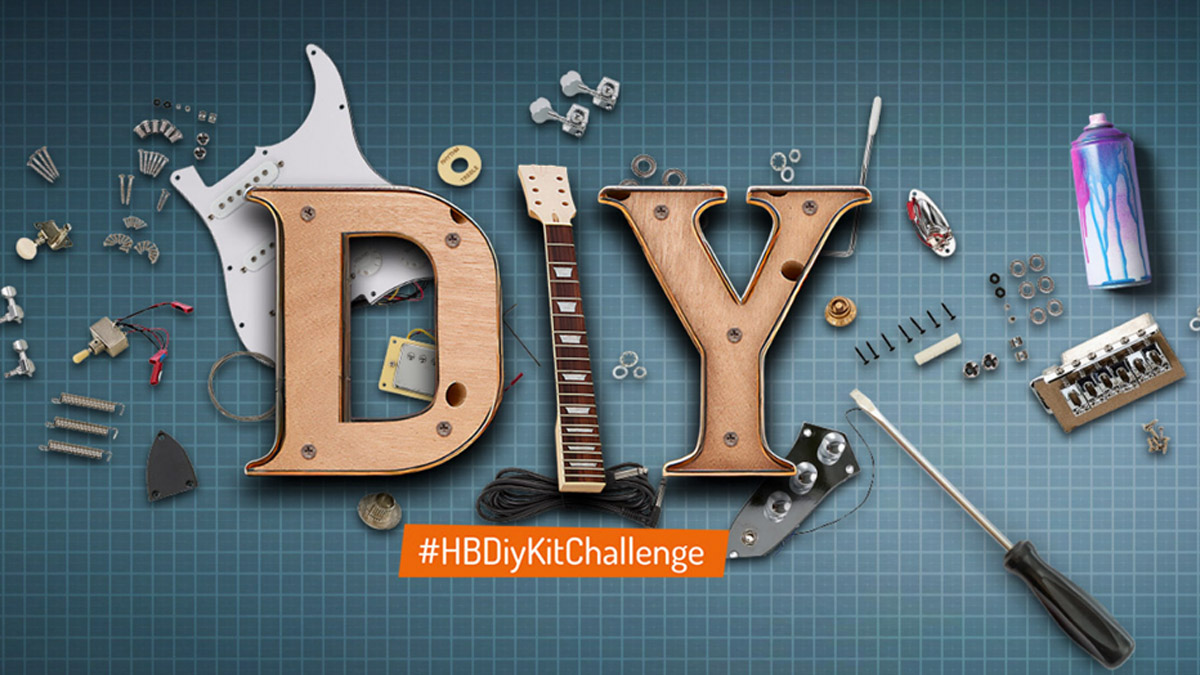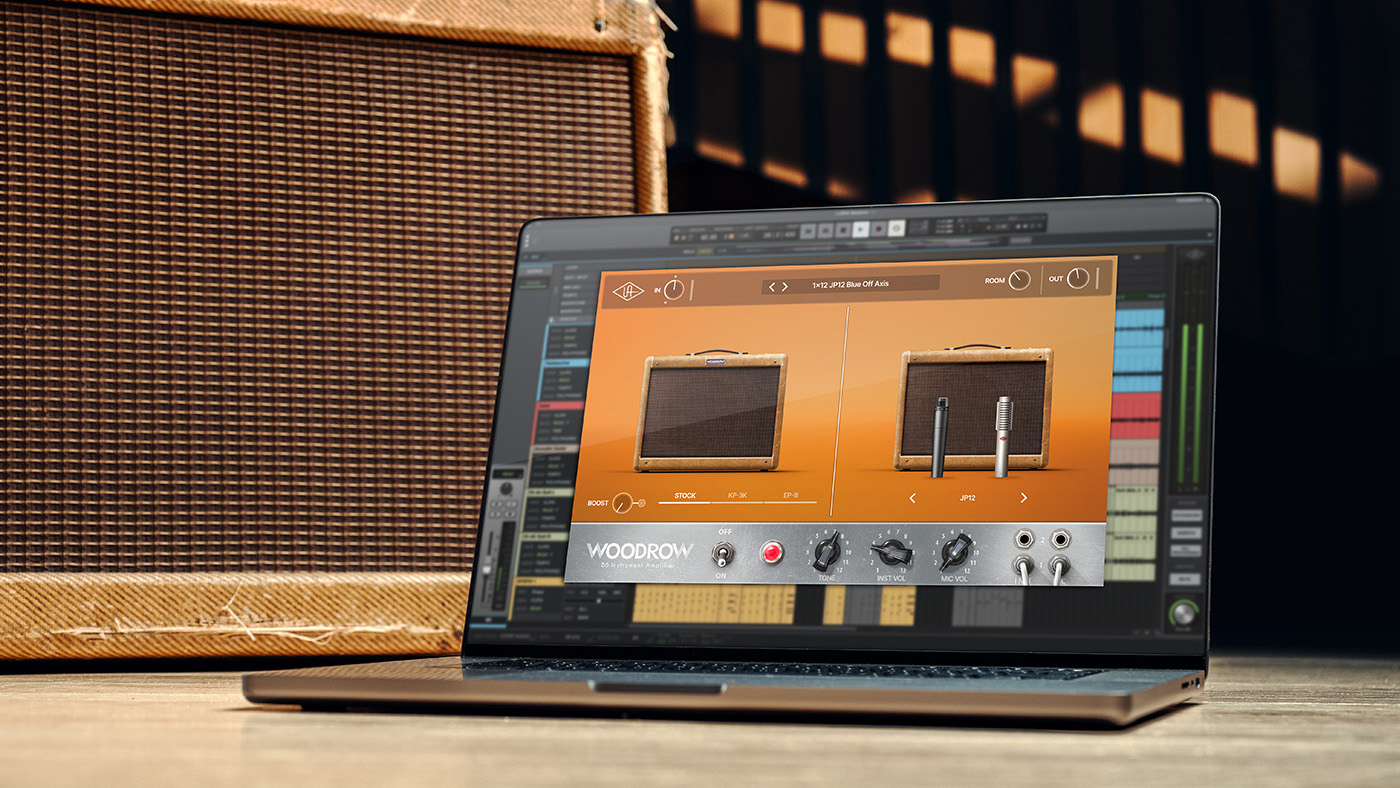"It's a theremin on steroids": Soma Laboratory's Flux brings the theremin into the 21st century with sixteen dimensions of control over a supercharged synthesizer
Flux uses magnetic "bows" held in each hand to offer multi-dimensional control over pitch, modulation and synth parameters - without ever touching the instrument itself
Remember the theremin? Controlled using a performer's hand movements in mid-air, it's one of musical history's most fascinating instruments, lending its creepy tones to B-movie soundtracks, Led Zeppelin songs, and most recently, a rather unusual episode of Severance.
Since its invention in 1920, the Theremin has been reimagined several times: recent updates from Moog and Stylophone have offered fresh takes on the concept, while the DIY community has spun the idea in new directions too. The latest instrument to take inspiration from this gesture-controlled marvel is Soma Laboratory's Flux, a powerful digital synth controlled via a motion-based interface that offers an incredible sixteen dimensions of control. It's a theremin on steroids.
While both instruments are played using hand gestures in mid-air, Flux differs from the theremin in that it senses the performer's hand position using magnetic bows held between the fingers of each hand, whereas the theremin detected motion through changes in capacitance caused by the hand's proximity to its antennae.
Flux's multipolar magnetic sensor is used to track the player's hand position and movements across its 37-note keyboard; the X coordinate of the player's right-hand bow controls the pitch (with notes denoted by markings on Flux's surface) while the Z coordinate controls volume. The bow held in the left hand is mapped to multiple parameters of its internal synth engine, controlled via motion along the X, Y and Z axes.
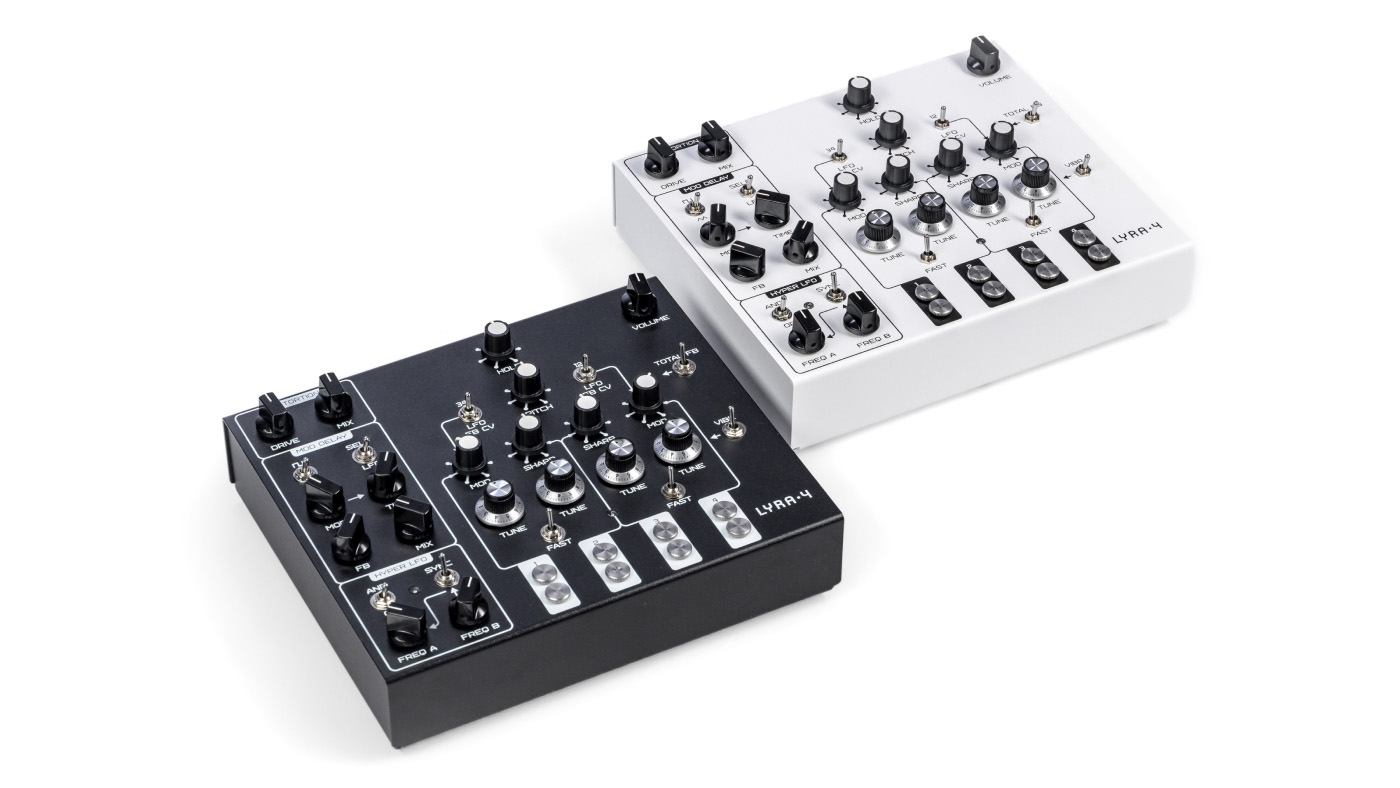
What's more, thanks to Flux's magnetic design, the instrument can sense not only the bow's position in space, but also its angle and orientation; this lets you do things like flip the right-hand bow upside down to move up several octaves, and access additional modulation parameters by tilting the right-hand bow. In total, players can control a total of sixteen sonic parameters using the bows in mid-air, without even touching the instrument itself.
This gives the player a vast amount of control over Flux's internal synth engines, which offer a total of 37 preset algorithms covering an array of synthesis styles that includes FM, wavetable, additive and physical modelling, and incorporating effects such as filtering, distortion and modulation. Flux can operate in polyphonic, duophonic and monophonic modes, depending on the algorithm being used.
While Flux only features audio outputs (stereo line outputs and a headphone out) Soma Laboratory has said that it's currently developing a breakout box that will allow Flux to be used as an MPE-enabled MIDI and CV controller for external instruments and gear.
Get the MusicRadar Newsletter
Want all the hottest music and gear news, reviews, deals, features and more, direct to your inbox? Sign up here.
Soma Laboratory says Flux is now shipping to its international network of dealers and is priced at $1300. Find out more at Soma Laboratory's website.
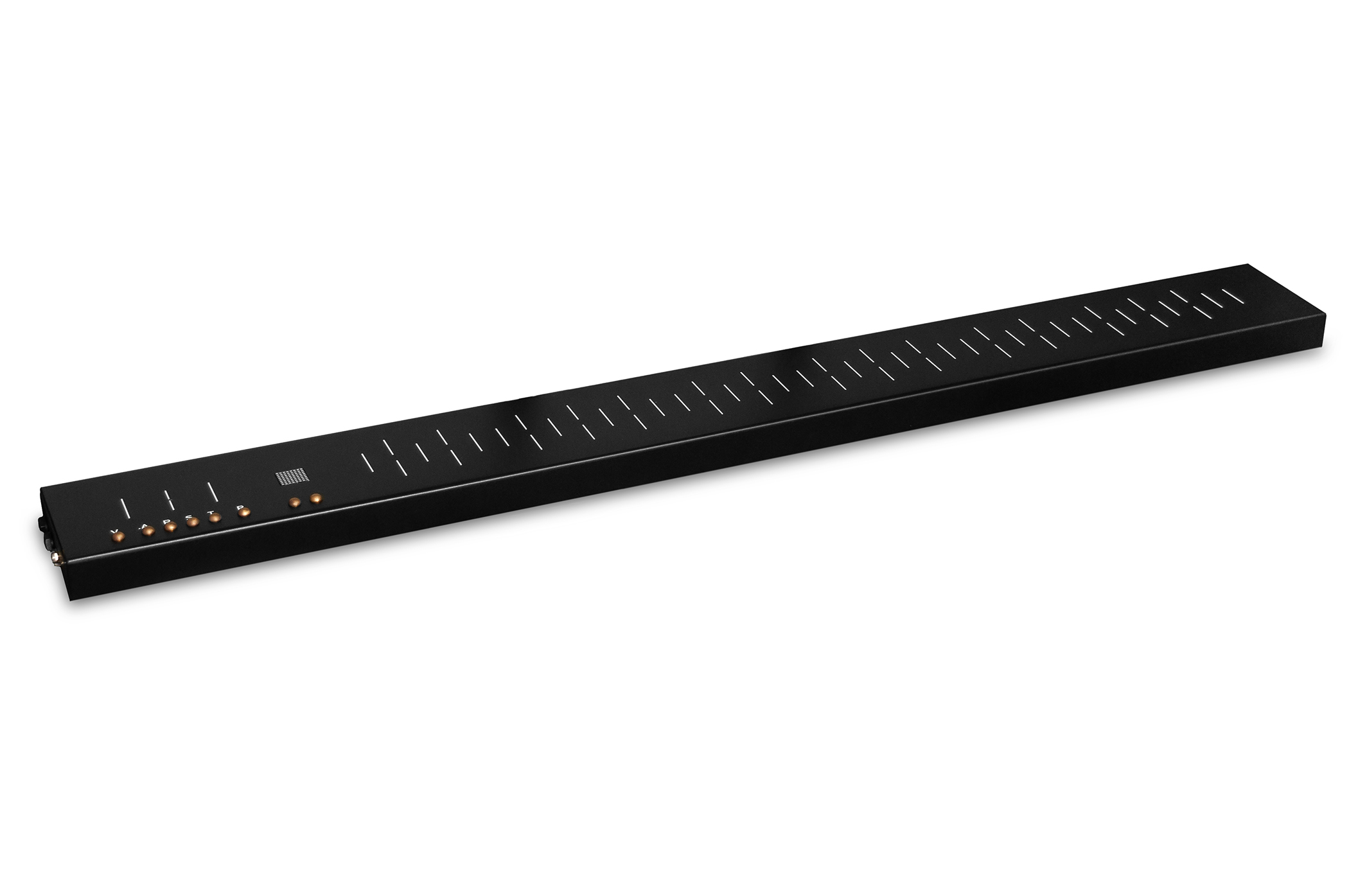
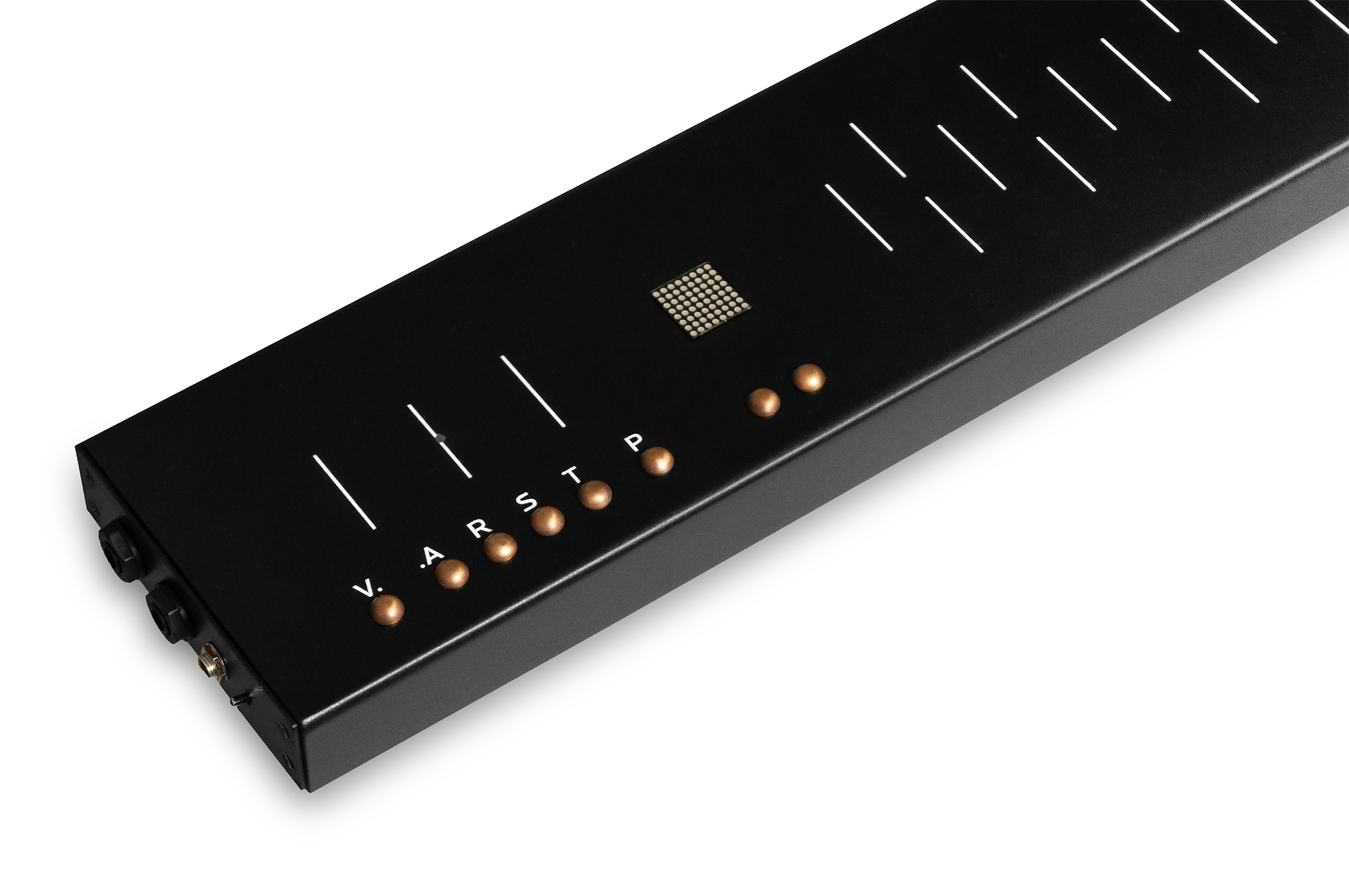

I'm MusicRadar's Tech Editor, working across everything from product news and gear-focused features to artist interviews and tech tutorials. I love electronic music and I'm perpetually fascinated by the tools we use to make it. When I'm not behind my laptop keyboard, you'll probably find me behind a MIDI keyboard, carefully crafting the beginnings of another project that I'll ultimately abandon to the creative graveyard that is my overstuffed hard drive.
You must confirm your public display name before commenting
Please logout and then login again, you will then be prompted to enter your display name.
“Excels at unique modulated timbres, atonal drones and microtonal sequences that reinvent themselves each time you dare to touch the synth”: Soma Laboratories Lyra-4 review
e-instruments’ Slower is the laidback software instrument that could put your music on the fast track to success



